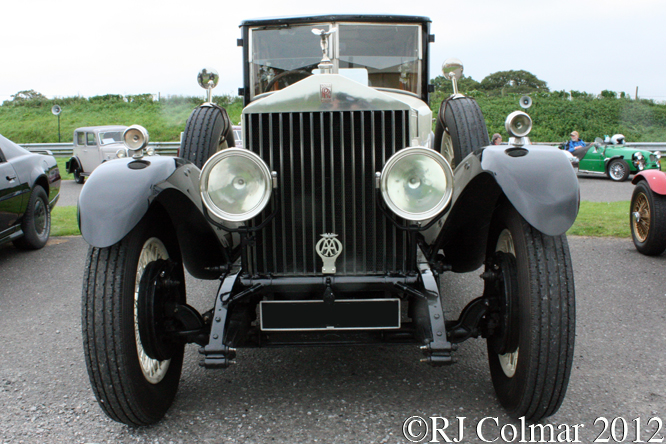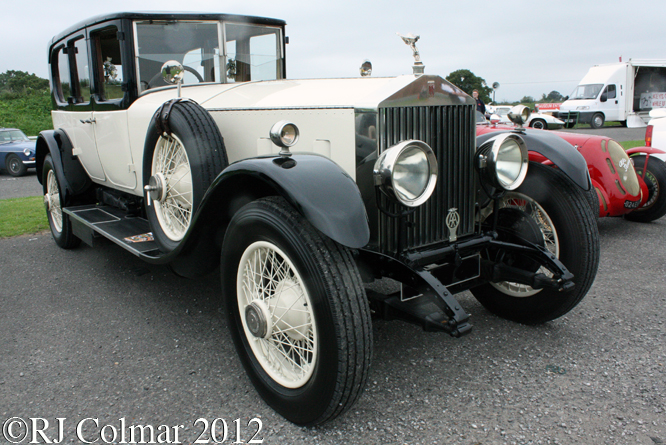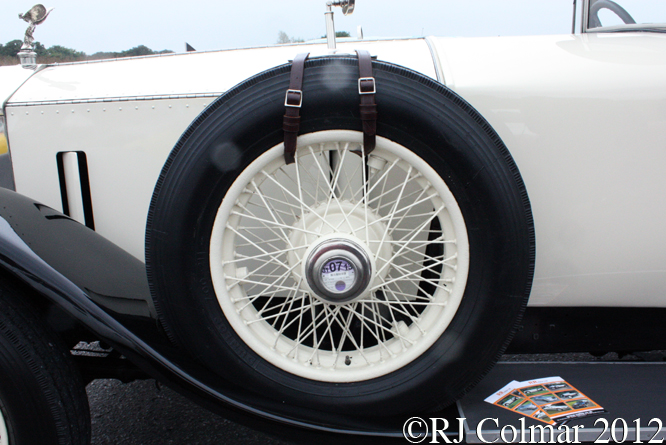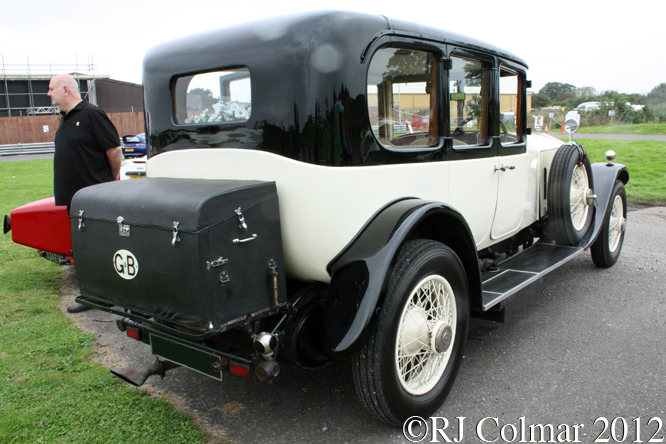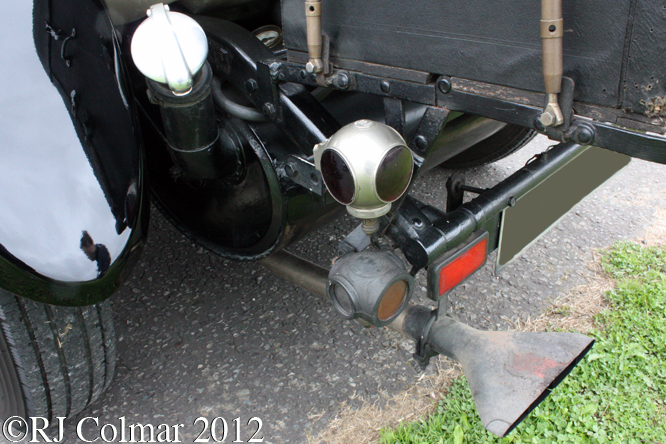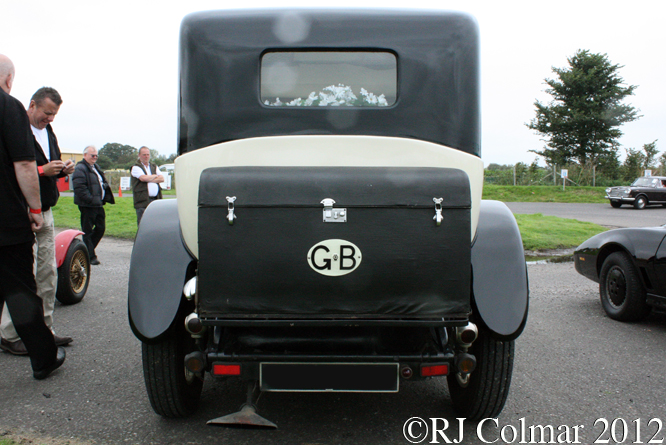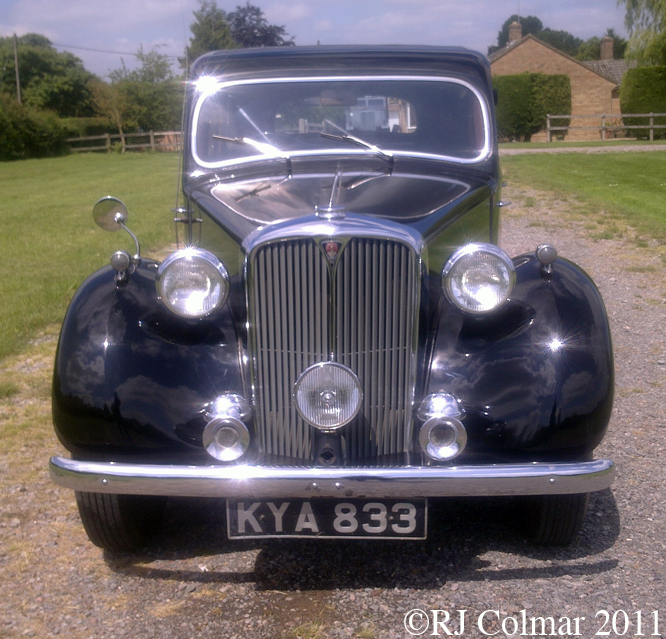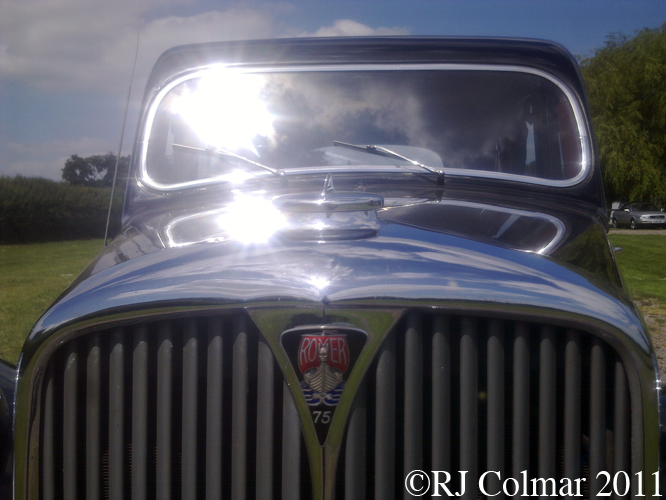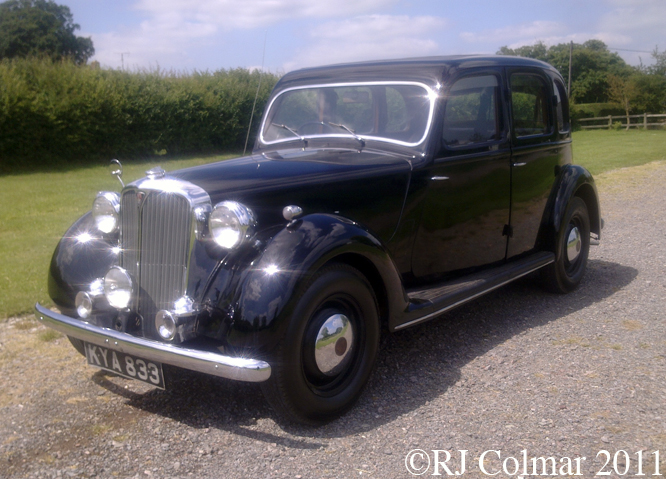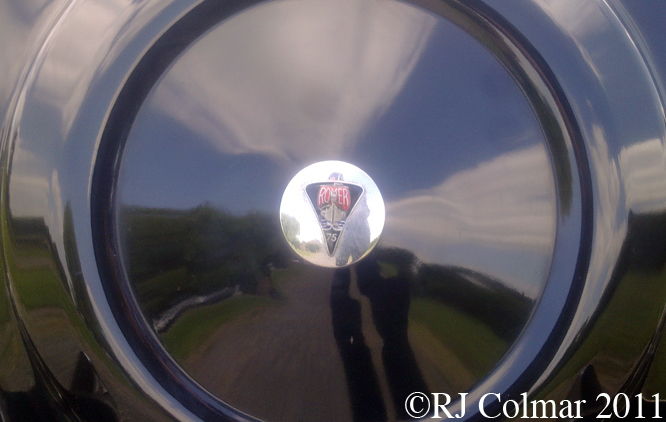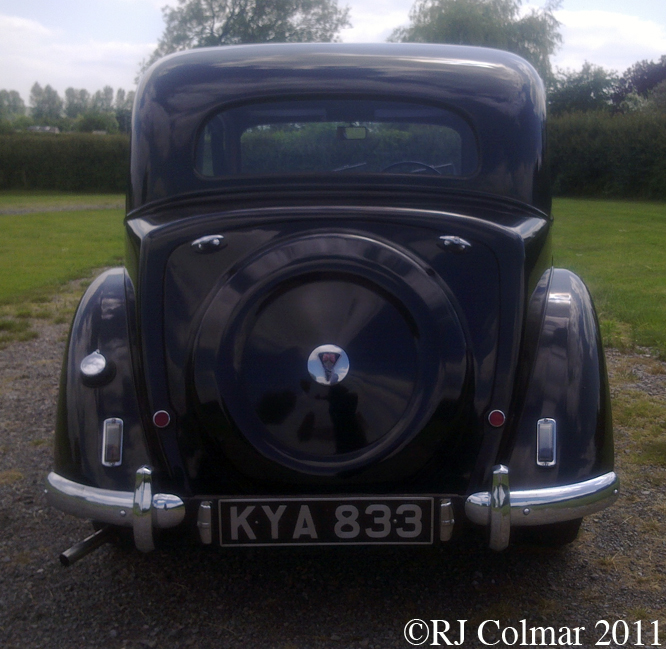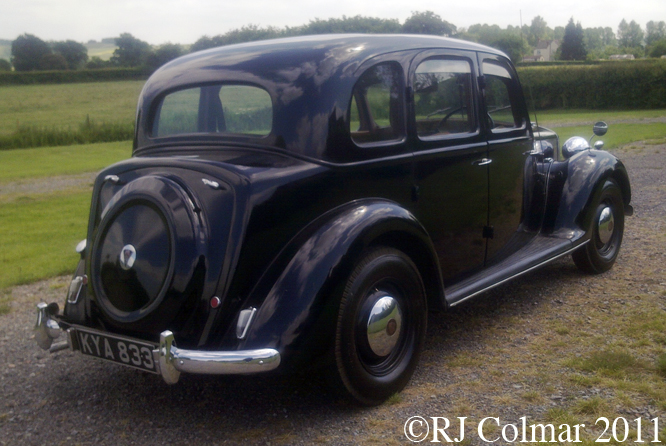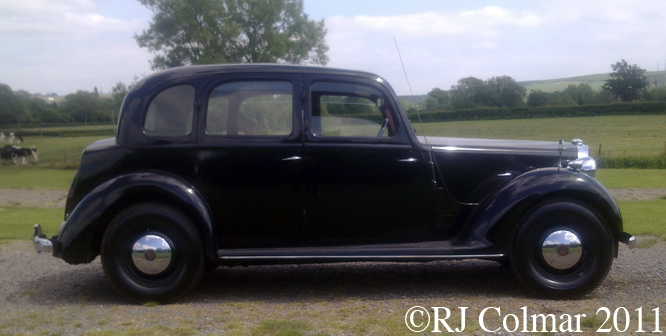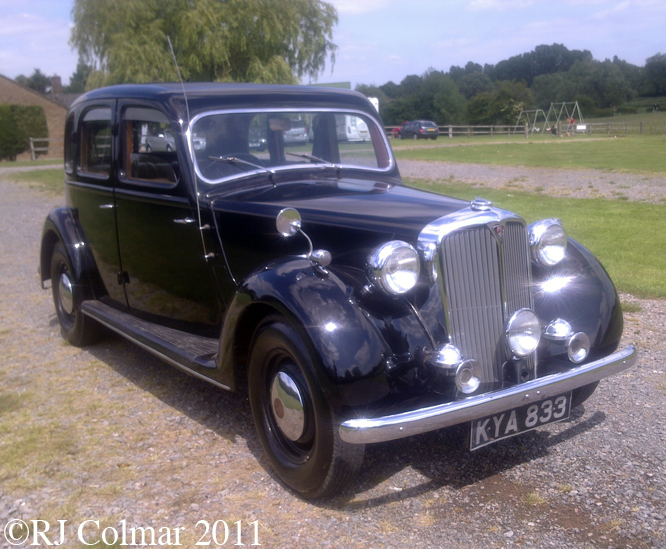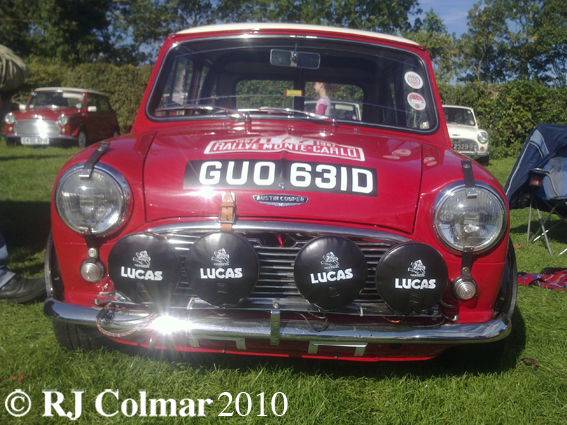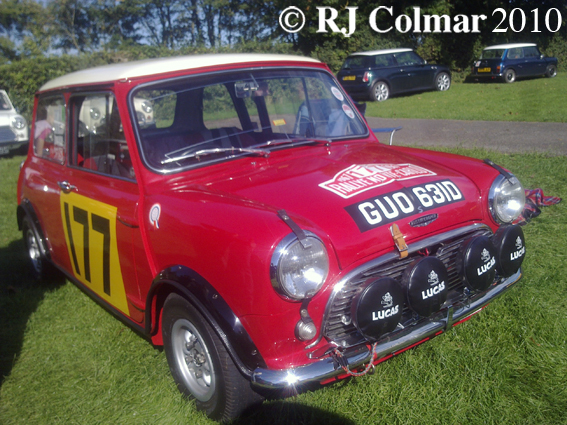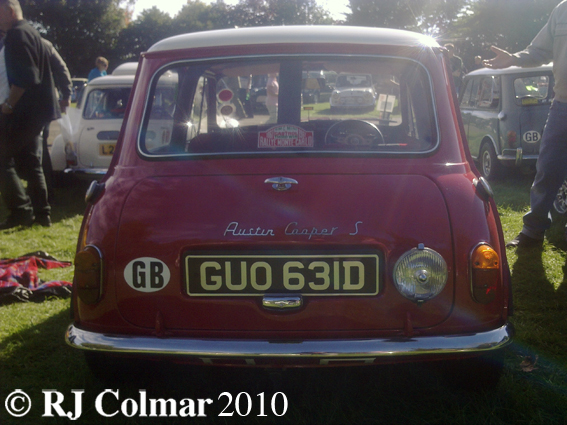In 1925 Rolls Royce replaced the 40/50, retrospectively named as the Silver Ghost model that had been in production since 1906, with a model billed as the ‘New Phantom’.
1926 saw production of the New Phantom commence at the Rolls Royce’s Springfield, Massachusetts works though the specification of the vehicles differed, the cars built in Derby all featured 4 wheel brakes with a servo assistance system built under license from Hispano Suiza.
The New Phantom was powered by a 7668 cc / 467 cui straight six motor with a seven bearing crank shaft and with overhead valves that produced 100hp. Later models like this 1929 model were fitted with aluminium cylinder heads.
The chassis of the New Phantom was similar to that of the 40/50 the UK models having up to 50 Enots Nipples requiring regular laborious lubrication from an Enots oil pressure gun, while US built New Phantoms had a Bijur centralized oiling system requiring a stroke from a single pump.
Like all Rolls Royces of the time it was supplied as a rolling chassis sans body. The original owner of this car had the Gurney Nutting body from his existing Daimler moved to his New Phantom, apparently not an unusual practice at the time.
Most UK built New Phantom chassis would have come with an exterior petrol gauge as can be seen inside the chassis rail here, US models mostly had their petrol gauges on the dash.
The New Phantom was replaced in by the Phantom II in 1929, with the New Phantom being retrospectively renamed Phantom I. Chassis #44KR seen here at the Rare Breeds Show at Haynes International Motor Museum last year will have been one of the last Phanom I’s to be built, it belongs to special occasions hire specialists RRElite Ltd.
Thanks for joining me on this “Perfect Car For A Wedding #8” edition of “Gettin a li’l psycho on tyres”, I hope you will join me again tomorrow. Don’t forget to come back now !

